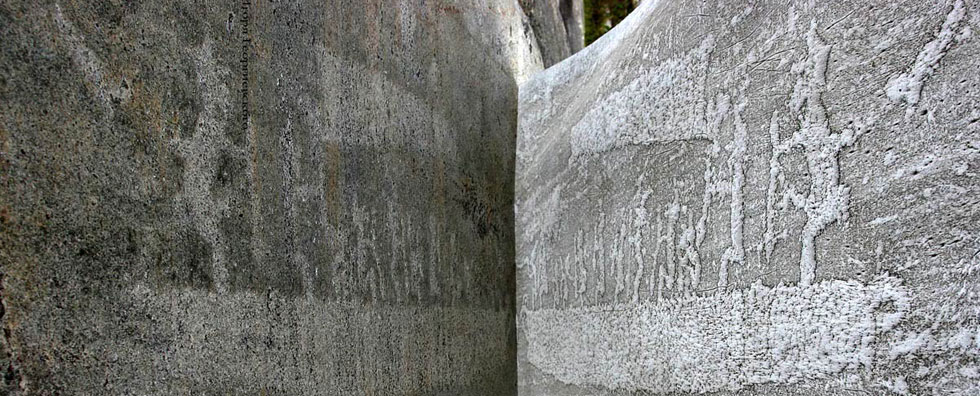
Issue №1, Vol. 22
Snegireva S., Platonov А., Kantieva E., Kiseleva A. Moisture conductivity of pine heartwood in the trunk of a tree damaged by strong ground and running crown fire // Resources and Technology. 2025. №1, Vol. 22. P. 105‒124.
DOI: 10.15393/j2.art.2025.8283
Moisture conductivity of pine heartwood in the trunk of a tree damaged by strong ground and running crown fire
| Snegireva Svetlana Nikolaevna | Voronezh State University of Forestry and Technologies named after G F Morozov, Svetka-sneg@yandex.ru |
| Platonov Аleksey Dmitrievich | Voronezh State University of Forestry and Technologies named after G F Morozov, aleksey66@yandex.ru |
| Kantieva Ekaterina Valentinovna | Voronezh State University of Forestry and Technologies named after G F Morozov, ekantieva@mail.ru |
| Kiseleva Aleksandra Vladimirovna | Voronezh State University of Forestry and Technologies named after G F Morozov, avk50@yandex.ru |
|
Key words: moisture conductivity coefficient; wood moisture; pine heartwood; stationary moisture current method; diffuse moisture current; forest fire |
Summary: Wood damaged by fire has extremely limited use due to the lack of reliable information about changes in its physical and mechanical properties. In the process of fire damage the structure of some anatomical elements of wood is destroyed, the integrity of the fabric is violated together with intensive gumming. The amount of resin formed in the tree trunk depends on the type of fire. Wood damaged by fire has extremely limited use due to its high tar content and lack of reliable information about changes in physical and mechanical properties. In this case, the use of traditional wood processing technologies is not considered appropriate. Drying wood is a rather complex and energy-consuming process in woodworking. Wood drying technological processes could be used only on the basis of information about the moisture conductivity of wood. Experimental studies to determine the coefficient of moisture conductivity were performed with the heartwood of Scots pine taken from the butt, middle and tip portions of the tree trunk. It was found that the value of the moisture conductivity coefficient of fire-damaged wood in the tree trunk in the tangential direction was higher than in the radial direction by an average of 12.5 %. On the contrary, the moisture conductivity in the tangential direction was less by 25 % in intact wood. The intensity of the moisture conductivity in the wood increased throughout the height of the trunk of undamaged and damaged trees. The value of the moisture conductivity coefficient of wood in the radial direction increased from the butt to the top in the middle part of the trunk by 19 %, and in the top by 33 %, in the tangential direction by 32 % and 49 %, respectively, compared with the butt part of the trunk. The kiln-drying duration of lumber from the more tarred lower part of the trunk, regardless of the size of the cross-section, will be 40—50 % longer than that of the lumber from the middle and upper parts of the tree trunk. Patterns of changes in the value of the moisture conductivity coefficient in wood damaged by fire will allow adjusting the existing drying schedules, increasing the efficiency of the air and kiln-drying processes and reducing the number of cracking defects. |
Displays: 298; Downloads: 150;




